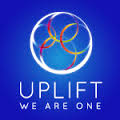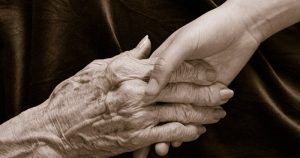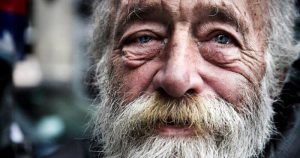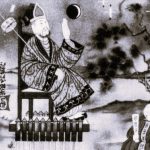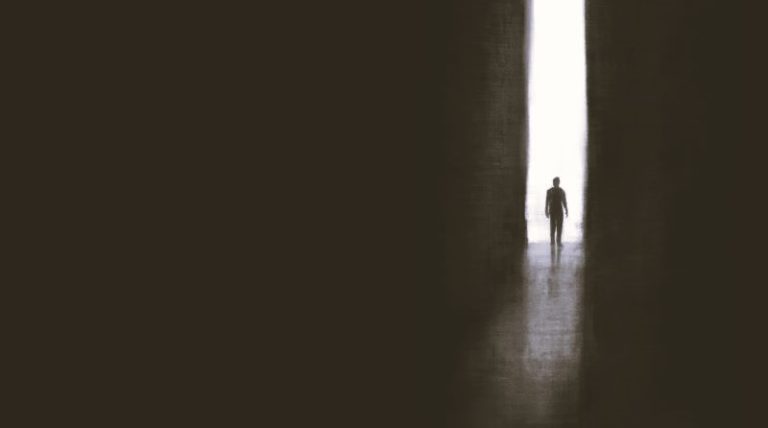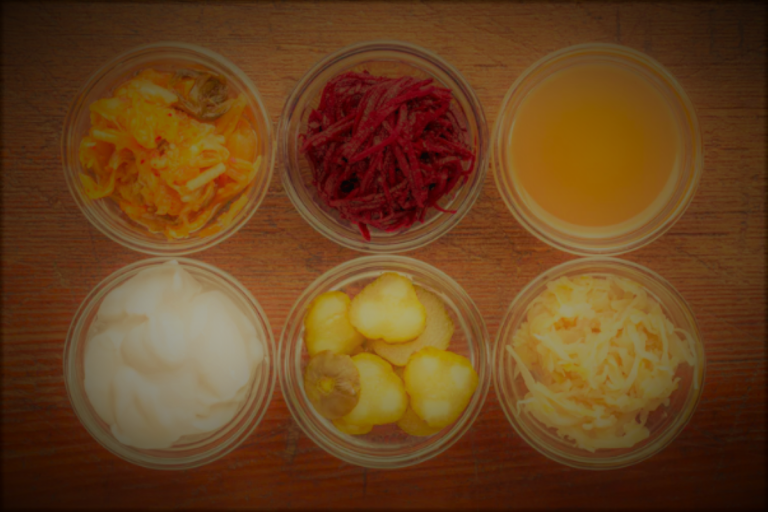By Azriel ReShel / 09.16.2016
Voluntary Euthanasia and Assisted Suicide – Caring or Careless?
I remember my first real encounter with death. It happened when I was aged six, at my childhood seaside home, when my exquisite black cat, Tab, was run over by a friend’s car. My father picked her up and took her to his workbench, laying her down gently, and told me to come back in half an hour and she would be ok. I dutifully waited and then headed back to the garage, trusting in my father’s words, and of course, she was dead. While I stared at her stiffening, lifeless body, I realised something with incredible clarity. This furry body was not my cat. She wasn’t there any more. And I remember thinking, ‘where has she gone?’
The shock of her death prompted this moment of clear insight. I understood deeply the distinction between body and soul in that moment and it’s never left me. While I was heartbroken to lose my special friend, who was more than a pet and was a lifeline for me in some ways, looking back I’m grateful I had this opportunity to learn so young, that we are not the bodies that we inhabit. We are something far more mysterious. Something that never dies and is never born. This understanding has helped me with a succession of deaths in my life. I still felt the intense pain of losing those I loved, but I also knew this was not the end for them and I had this confirmed when on some occasions I was visited by the spirits of departed ones.
“There is no death. Only a change of worlds.” – Chief Seattle
The Right to Life, the Right to Death?
Death is the one certain thing in life. There is no escaping this doorway and when the mystery of death comes knocking, whether you like it or not, you will have to walk through the doorway. We will all at some point lose someone to death that we love. In today’s world of pressures and challenges, death has become something of a conundrum. On the one hand, we ignore the impending reality of the mortality countdown ticking away in the background as we’re walking around each day, and then on the other hand, we wish for death, or even hasten our own deaths. We are afraid of losing our loved ones, and hold onto them, but at the same time we can’t bear to see them suffer and want them released from their pain. I’ve watched people die and wrestle with their pain, but fortunately, when my grandmother and father were very ill, I didn’t have to make the terribly difficult decision about whether to end their lives or not.
It is heartbreaking to lose someone you love. Yet, I wonder, how painful and traumatic death becomes when your loved one is perhaps being kept alive artificially by a machine, is in a coma, or in such severe pain, they are calling out to you to free them from their misery. Should they be shown compassion and allowed to terminate their lives, or should others be allowed to help them pass peacefully, assisting them to die, through withholding treatments, food, or fluid? And what if we are the terminally ill one, or the freshly paralysed person who feels like they are a terrible burden on their family. If we have the right to life, do we have the right to death and to dispose of our life as we choose?
The debate about whether we should have the right to take our own lives or assist others to die, is highly controversial, ongoing and unresolved, while the reality is, that all over the world, “backdoor” euthanasia and legal euthanasia is taking place right now. As of June 2016, human euthanasia is legal in the Netherlands, Belgium, Colombia, and Luxembourg. Assisted suicide is legal in Switzerland, Germany, Japan, Canada, and in the US states of Washington, Oregon, Vermont, Montana, and California.
Across the world, many people are living with the daily reality of wanting to die. Some elderly, infirm, or seriously ill people, want to end their lives, to release themselves from the pain in their bodies, while other physically handicapped people, or people in deep psychological pain, wish to escape from the trauma of their day to day existence. There are some deeply moving cases, such as the 14 year-old Chilean girl suffering from terminal cystic fibrosis who pleaded through a Facebook video, to meet with the Chilean President, asking him to authorise her death by lethal injection. Or the deaf identical twins who in 2012, after hearing they would soon be blind, sought out and underwent, voluntary euthanasia by Belgian doctors. The twin brothers said that they chose to die as they could not bear the thought of never seeing one another again.
Then there’s the hugely controversial case of a French man who told his wife he never wanted to be kept alive by life support machinery. Vincent Lambert was later involved in a road accident, where he sustained severe brain damage, becoming a quadriplegic. He has been in a coma for seven years, while his family has been torn apart, fighting in the courts over the choice to keep him alive or let him die. His Catholic parents and some siblings are refusing euthanasia, while his wife and other siblings want to let him die peacefully. The case was even taken by Lambert’s parents to the Strasbourg-based European Court of Human Rights (ECHR), which ruled that he should be allowed to die, but physicians in France were afraid of legal repercussions and so refused to comply. The question of whether we have the right to die is deeply divisive and contentious issue.
https://www.youtube.com/watch?v=PpWYU54eB88
Valentina Maureira pleads to Chile’s President.
So, What is Euthanasia?
Euthanasia is the deliberate killing of a patient suffering from an incurable and painful disease or who in an irreversible coma. The key difference between euthanasia and Physician Assisted Death (PAD) is who administers the lethal dose of medication: euthanasia requires the physician or another third party to administer the medication, whereas PAD requires the patient to self-administer and to determine whether and when to do this.
The word euthanasia is derived from the Greek words “eu” and “thanatos,” literally meaning “dying well” or gentle and easy death. The same ancient Greek society from which these words are derived, created the Hippocratic Oath in the 3BC, as a requirement for Greek physicians. The oath states: “To please no one will I prescribe a deadly drug or give advice that may induce death.” Despite this, physician assisted suicide was not uncommon in Greece and Rome, and was actively promoted by ancient philosophers, the Stoics and Epicureans, whose philosophy condoned euthanasia for people with terminal illnesses that were causing them unbearable suffering.
Historically, the withdrawal or with-holding of treatment also took place. The correct term for this was orthothanasia, meaning ‘passive death,’ where the actions of curing the patient were never taken and so death was made easy in a kind of passive form. In ancient Rome, it’s interesting to note that while euthanasia was a crime and was regarded as murder, history notes that sickly newborn babies were left outside, overnight, exposed to the elements.
Debates about the ethics of euthanasia and physician-assisted suicide date from ancient Greece and Rome. After the development of ether, physicians began advocating the use of anaesthetics to relieve the pain of death. In 1870, the use of anaesthetics and morphine to intentionally end a patient’s life was put forward and, over the next few decades, debates raged in the US, resulting in a bill to legalise euthanasia being put forward in 1906.
Indigenous perspectives on Euthanasia
Dr Stefan Kasian in a paper on cross-cultural perspectives on euthanasia and physician assisted suicide, says that several indigenous tribes practiced euthanasia before their lands were colonised.
“The Caribs practiced euthanasia on the grounds that the terminally ill were possessed by evil spirits and the longer these people clung on to life, the more powerful the malevolent spirits would become, endangering the safety of the community.”
In other indigenous tribes, euthanasia was practiced as a type of population control during times of hunger and famine, and as an act of mercy. Dr Kasian’s research also shows that the Kalinago people of the island of Grenada used herbal potions to end the lives of the aged and terminally ill. Despite this, indigenous communities around the world show incredible respect to the lives of the elderly, with the aged being cared for by close, and extended, family and community members.
Today, religious institutions and Western Medicine are against euthanasia. Yet, our world has a growing aged population. By 2040, one in four people in Europe will be 64 or older. In the United States, the ratio will be one in five. With these statistics, older, frail people will most likely put a strain on national finances and health care systems, unless we find a positive way of supporting the aged, such as integrating them far more closely into our society and families, as indigenous societies do.
Is the right to die the last human right?
A few years ago, British newspapers reported on the millions of public money given to the National Health Service (NHS) for placing terminally-ill patients on a controversial “pathway” to death. This included withholding food and fluids from the aged patients in their care. Proponents of the system said it was helping people to die with dignity, however, there were also those who were against the program.
In response to complaints that their loved ones were dying in agony, well-meaning pain-control experts created a protocol — known as the Liverpool Care Pathway — which, among other provisions, informed doctors when to apply a legitimate medical palliative intervention known as palliative sedation. But the issue arose when the treatment started being applied as terminal sedation or “backdoor” euthanasia in many nursing homes and hospitals in the UK. The Liverpool Care Pathway is now banned.
It seems there can be a very blurry line with drug administration, as drugs used to relieve pain can become drugs that end someone’s life. Swiss non-profit, Dignitas, supports people who wish to die with dignity, saying this is the last human right. Anyone suffering from a terminal illness can become a member of Dignitas, and fly to Switzerland for a legal, assisted death.
Perhaps the most important issue here is to put the power back into the hands of the person who is ill or wanting to die, and giving them the power of choice over their own life, instead of making it for them, whether passively or actively. Today you can create a Living Will, which can state your express wishes around death and issues such as being kept on life support.
Conscious Death
The right to die, or to die with dignity, is a uniquely personal choice. Perhaps the question should be not, ‘do we have the right to die?’, but ‘do we have the right to make our own choices about our bodies, life, sexuality, or ability to procreate, as long as we then take full responsibility for these sacred personal choices?’. We come into life with free will and free choice.The magic of life is in our choices. We come here to learn, to grow, and to transform. Possibly, whatever one chooses at the twilight of their life, making sure we create a conscious decision, would be the best outcome.
Death is about so much more than just the physical body. It is a gateway to higher consciousness. Whether we feel this gateway is better faced calmly through euthanasia, or through the challenges of illness and pain, is a deeply personal choice. But one thing is certain, if you want to grow spiritually, you need to embrace death as an important portal for healing.
A spiritual death in the Hindu tradition is one where the person is calm and peaceful as they pass over, and from this perspective, euthanasia would be acceptable. Buddhists believe that every life is precious, with no life more precious than a human life. Buddhism places great stress on non-harm, and on avoiding the ending of life. While someone committing suicide may believe that they will be free from the circumstances and feelings that pushed them to take their own life, Buddhists believe the soul will incarnate with the same problems and concerns due to the unresolved karma, leading the person to be reborn into the situations they were seeking to escape from.
Dying consciously, healing your relationships, and making peace with yourself, and the life you’ve lived, are vital to having a good death and creating a more peaceful pathway for yourself in the after life or next life, depending on your beliefs. Your soul has a tremendous opportunity to resolve karma, and to make spiritual advances through approaching death with a clear intention to be conscious and heal your pain and fear.


